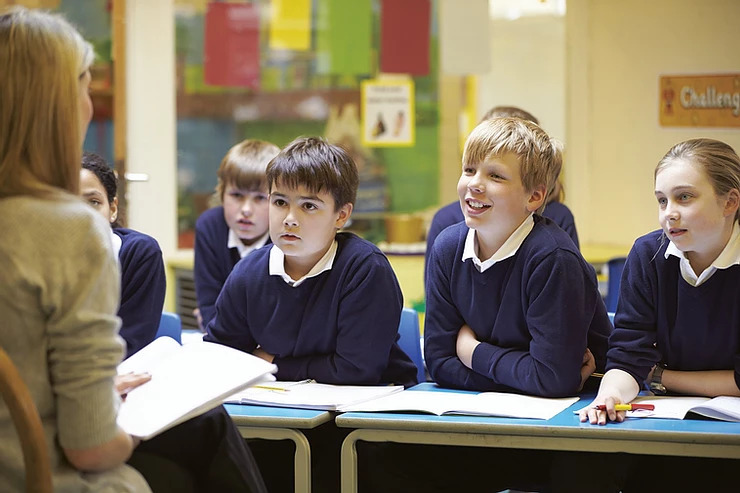4 Types of Learning
With remote learning still standard in many parts of America and the world, parents are finding out a lot about how their kids learn. What usually takes place in the classroom now happens at the kitchen table, and adapting daily lessons to a virtual learning environment can be quite a challenge. Understanding how our children learn is essential to providing them with adequate support though a challenging time in their educational journey.
Lucky for us, researchers have found that there are a few specific channels through which children absorb and process information, and understanding those channels can help us make learning experiences more dynamic and productive. Arguably the most prevalent description of these channels is the VARK system, developed by researchers Neil D. Fleming and Coleen E. Mills in 1992. Every student learns differently, but generally they prefer one of four basic learning modalities: Visual, Auditory, Reading/writing, and Kinesthetic (VARK).
Visual Learners: Visual learners like learning through charts, diagrams, and other spatial representations of information. Whiteboards and similar mediums can be helpful for visual learners, as well as graphs and charts that summarize information rather than giving it out sequentially.
Auditory Learners: Auditory learners understand and absorb information more effectively when they hear it spoken by themselves or others. Talking to an auditory learner about the topic they’re learning and asking them questions is a great way to convert written information into sound.
Reading/writing Learners: Reading/writing learners are just the opposite of auditory learners: they like to read information and write down what their brain has processed. Reading/writing learners can generally adapt well to different educational environments, and the simple activity of taking notes is perfect for them.
Kinesthetic Learners: Lastly, kinesthetic learners like to move around when learning and absorb information best when they are doing an activity. These students are often the most difficult to teach in a traditional classroom setting, but remote learning may allow them more freedom in having an active learning process.
While each student has their own unique process of learning, it’s important to emphasize that none of the four modalities are superior to any of the others, and some kids may employ a mix of two or more learning styles. In a virtual environment, we’re provided with an opportunity to optimize the educational experiences of our youth and make sure they stay on track for a bright future — even with the challenges faced by students today.








